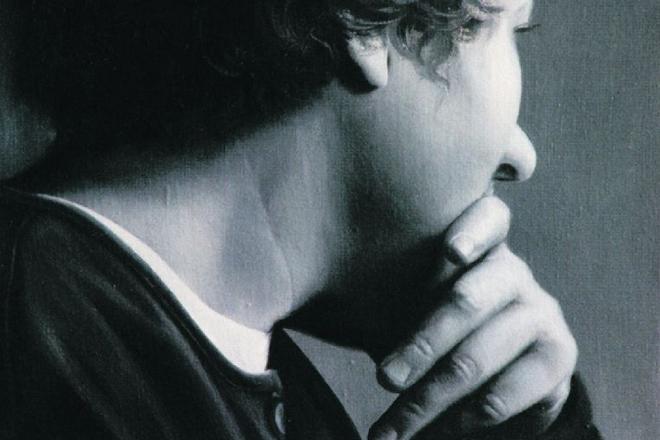THE BRATISLAVA City Gallery’s (GMB) current exhibition, of works by Slovak painter Robert Bielik, has coincided with the launch of a book about the artist. On September 20, the exhibition, representing the last two years of Bielik’s work, opened in the Pálffy Palace venue of the GMB, on Panská Street. Part of the ceremonial opening was the launch of the book. But as GMB head, exhibition curator and author of the book Ivan Jančár pointed out, Bielik is a teetotaller and “an anti-action man”, so a traditional alcoholic christening would have been inappropriate. Instead, the launch took the form of placing the first four copies of the book symbolically together, assisted by the co-publisher of the book, Peter Chalupa.
Bielik, a graduate of the School of Applied Art and the Academy of Fine Arts in Bratislava, lectures at the Faculty of Arts at Constantine the Philosopher University in Nitra. His dreamy, hyper-realistic paintings seem to float outside the mainstream. They also come in cycles, with some motifs persisting over a period of time. This can be seen best in the book, which maps Bielik’s works from 1991 to the present.
“There were times in the 1980s when Bielik was one of the few artists who systematically focused on painting,” Jančár said at the opening. “In the 10 years after his graduation he did not sell a single painting – and success came only later, although the word success itself is a relatively strange notion for him…”
The artworks on the upper floor of the Pálffy Palace use two motifs: apocalyptic libraries deserted by people, now dominated by sheep and wolves – the Abandoned Library cycle – and naked human figures communicating among themselves, with animals or with the natural environment surrounding them. Bielik’s works do not make any claim on logic or realism and wander into a realm where sheep and wolves (or people and tigers, for that matter) co-exist happily and peacefully. The selection is completed by a self-portrayal of Bielik as a dead man.
Jančár noted that the painter’s creation is influenced by his philosophical inclination, the many books he has read and his wide experience of travel, including destinations like monasteries in India, Greece and secluded places in South America and the Middle East. In his exploration of the world outside but also the world within, the works seem to have been a handy tool.
It might also be thanks to his cosmopolitan side that the book, comprising twenty years of the painter’s creative effort, has all texts, including captions, translated into English. The exhibition in the GMB runs until October 28, 10:00-18:00 from Tuesday to Sunday.



 Self-Portrait I, 2005. (source: Courtesy of Petrus,GMB)
Self-Portrait I, 2005. (source: Courtesy of Petrus,GMB)